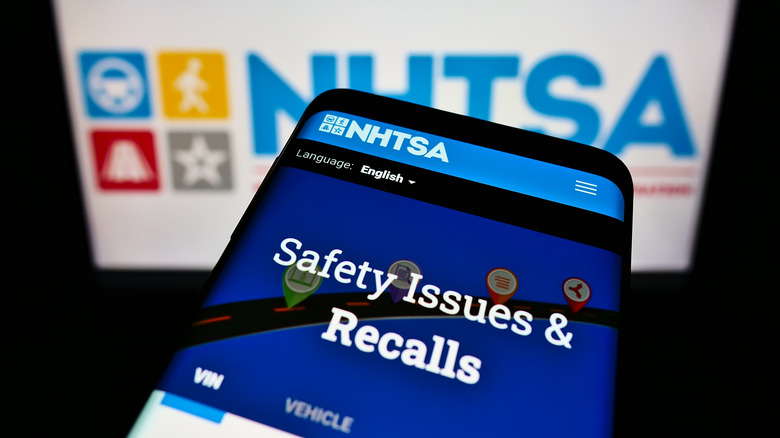How Many People Have Actually Been Killed By Self-Driving Cars?
When it comes to self-driving cars, the Society of Automotive Engineers recognizes six levels of autonomous driving: from level 0, at which a vehicle has no driver assistance of any kind, to level 5 with the vehicle operating completely free of human input.
For the purposes of this article, actual autonomous driving begins at Level 3. The third level is categorized as "conditional driving automation," when under certain circumstances, the car takes control and the driver is just along for the ride. The SAE and JD Power and Associates recognize level 3 as the beginning of truly autonomous motor vehicle operation.
Reaching Level 3 autonomy has proven a demanding goal for carmakers. Honda has a fleet of autonomous Legends operating in Tokyo, and Mercedes-Benz has been cleared to begin deploying Level 3 autonomous vehicles, but every other company is in the testing stage.
Unfortunately, "testing" isn't the same as "harmless," and accidents have occurred. The National Highway Traffic Safety Association requires all manufacturers of autonomous cars to submit reports of every accident, and some have involved fatalities.
Accidents and asterisks
The NHTSA divides crashes into two categories: Level 2 Advanced Driver Assistance Systems (ADAS) and Automated Driving System (ADS). Level 2 ADAS, logically enough, corresponds to Level 2 autonomous driving assistance, while ADS covers Levels 3-5.
According to the NHTSA, carmakers have submitted a total of 419 autonomous vehicle crash reports as of January 15, 2023. 263 of those accidents have been in Level 2 ADAS cars, with 156 have been in truly autonomous, ADS-equipped vehicles.
Across those 419 crashes, the NHTSA records 18 definite fatalities. Importantly, all 18 deaths were Level 2 ADAS cars. Thus far, no carmaker has reported any fatalities due to a fully autonomous vehicle.
There are crucial caveats to keep in mind, however. The NHTSA lists 19 accidents in ADS-equipped vehicles in which injury level was recorded as "unknown." The NHTSA also does not require carmakers to report whether an accident was caused by malfunction or user error.
As long as the data is limited in these ways, fully assessing the safety of autonomous vehicles will be necessarily complicated. That rules out drawing broad conclusions. For now, the NHTSA does not record any fatalities definitively caused by a car under fully autonomous control. Making a more complete statement regarding self-driving car safety will have to wait until more comprehensive data becomes available.

